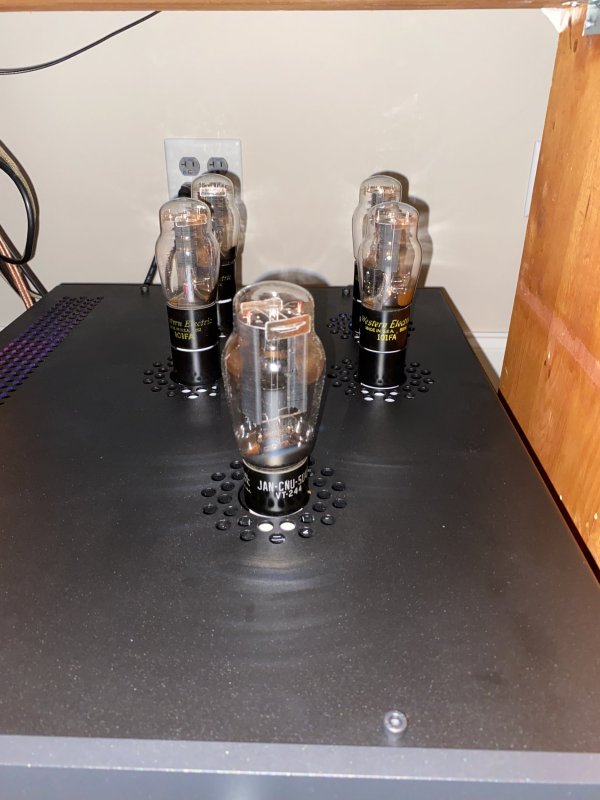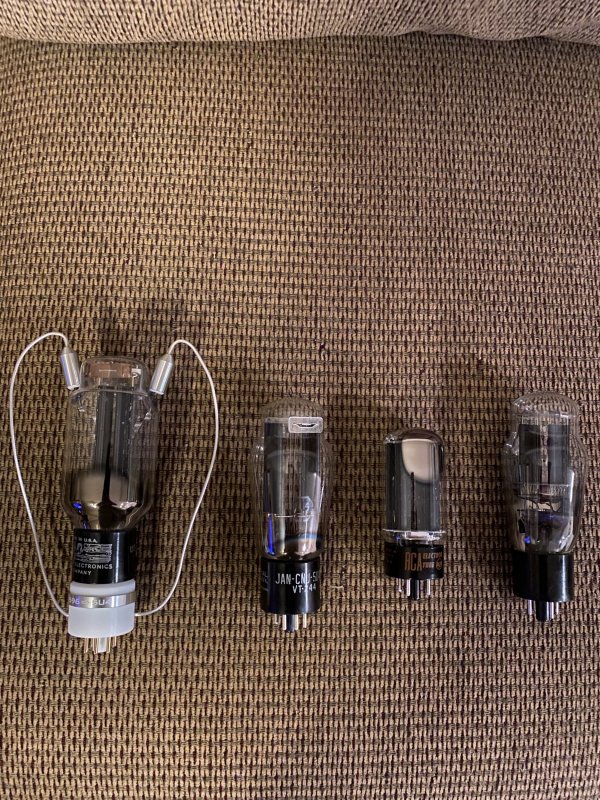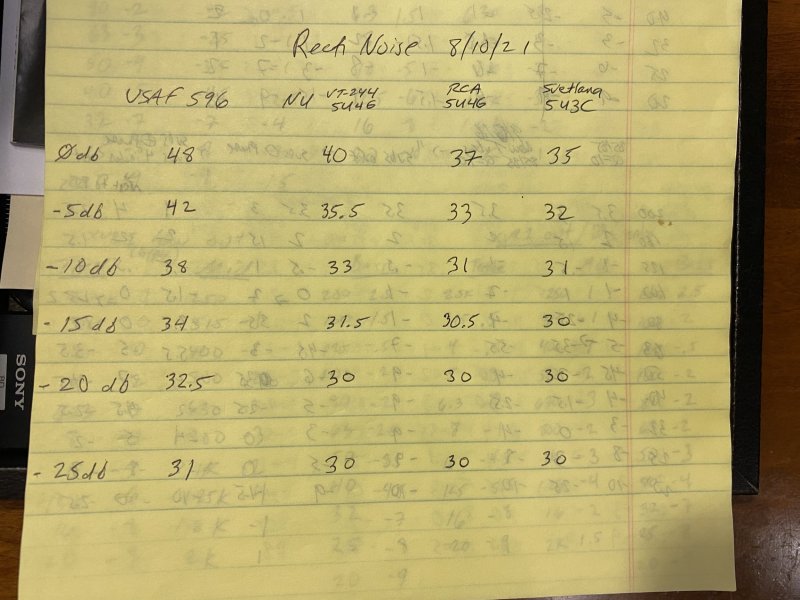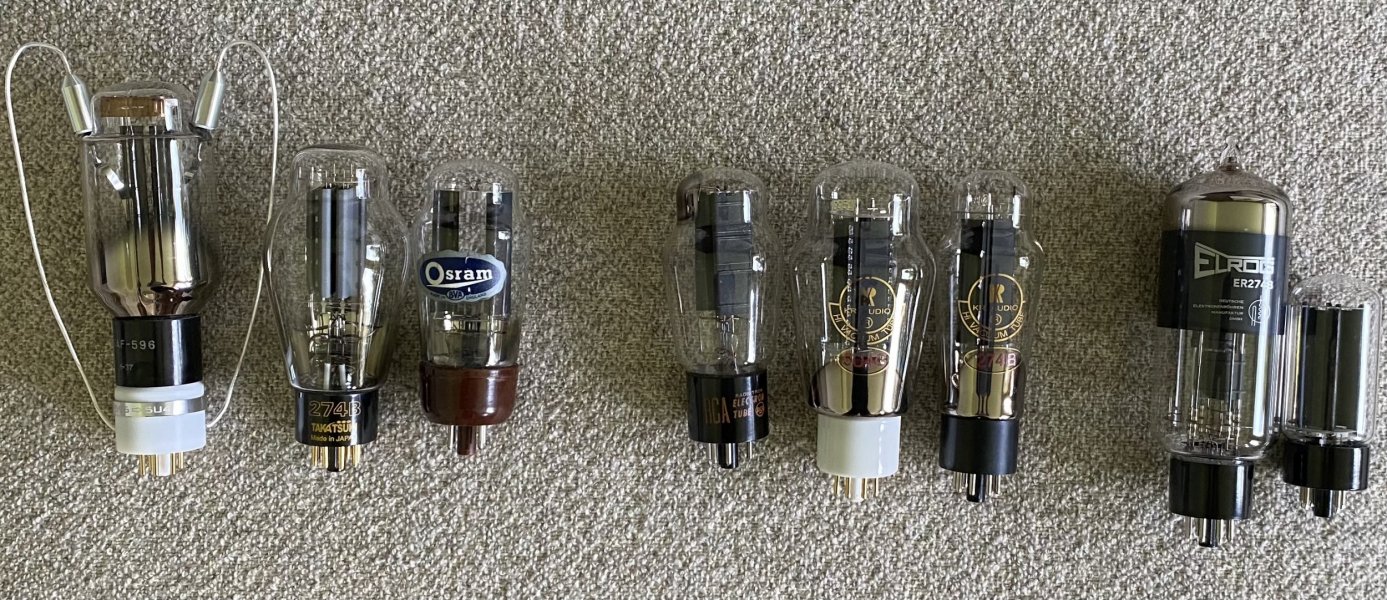Don’t worry, I noticed that after I placed the order for that single tubeGlad you bought those the 2nd link was wrong!
Now removed, but I noticed it sold. I have a spare so if you bought it on my recommendation contact me and I'll send it to you if you pay postage. Sorry about that!
Then I found the link and ordered that VU71 pair, target to receive them by end of Aug














